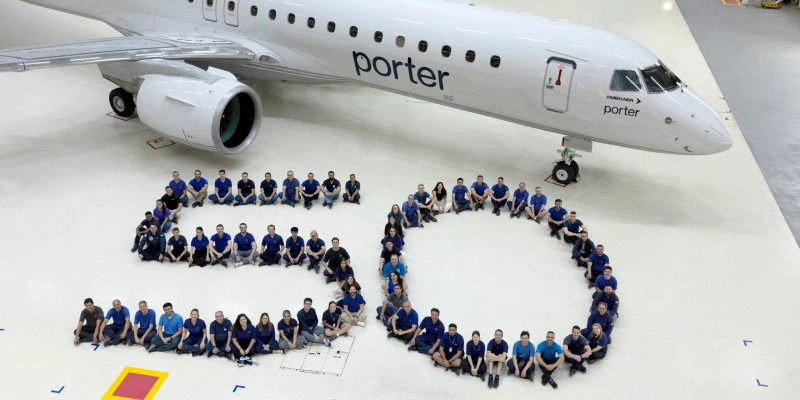Boeing and Airbus have cooled speculation about an imminent announcement of new aircraft models. During the conference of the International Society of Transport Aircraft Trading (ISTAT), held in Prague, both manufacturers agreed that the development of successors for their best-selling aircraft—the 737 and the A320 family—will take longer than expected.
Boeing Rules Out a Near-Term Launch
A report by The Wall Street Journal had revealed that Boeing was in the early stages of developing a successor to the 737. However, Darren Hulst, the company’s Vice President of Commercial Marketing, clarified to investors that a potential launch “is still a long way off.”
“We are always exploring new technologies, but we are not close to launching a new airplane,” stated Hulst.
The executive emphasized that the current priority is to complete ongoing programs. Boeing still has two variants of the 737 MAX and the 777-9 model, along with its freighter version—both part of the 777X project—awaiting certification. According to Bloomberg, the certification of the latter has been delayed again until 2027, accumulating seven years of delays so far.
This operational burden is compounded by a debt of approximately $50 billion, stemming from the safety crisis that affected the 737 MAX. In an internal memo, CEO Kelly Ortberg insisted that any new aircraft will depend on market maturity, technological advancements, and the company’s financial situation, as reported by FlightGlobal.
→ FAA to Allow Boeing to Issue Airworthiness Certificates for Some 737 MAX and 787 Again
Airbus Also Keeps Expectations Realistic
Meanwhile, Airbus—which has outsold its American competitor, especially with the larger versions of the A320—is keeping its focus on efficiency. Francois Collet, Head of Trading and Asset Management, explained that the company is targeting a 25 to 30% improvement in efficiency before launching a new model.
“Achieving that leap will take a bit of time,” acknowledged Collet.
The European company has shown interest in new engine technologies but still considers it premature to commit to an all-new design.
Competition on Pause, Innovation in Process
The aviation sector is facing historic demand for narrow-body aircraft, driven by the growth in air traffic and pressure to reduce emissions. However, the transition to a new generation of aircraft will depend on substantial advances in materials, aerodynamics, and propulsion.
For now, both Boeing and Airbus seem to share a prudent strategy: to consolidate their current programs before starting the next major commercial battle.
Related Topics
Porter Airlines Reaches New Milestone with Addition of its 50th Embraer E195-E2
Star Air Evaluates Purchase of Embraer Aircraft to Bolster Its Growth in India
Helvetic Airways and Air Côte d’Ivoire to Expand Their Fleets with New Embraer Jets Orders
Embraer Reaches Historic Record with US$31.3 Billion Order Backlog in 3Q25

Plataforma Informativa de Aviación Comercial con 13 años de trayectoria.




